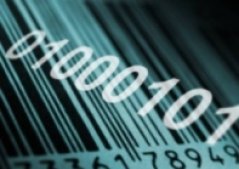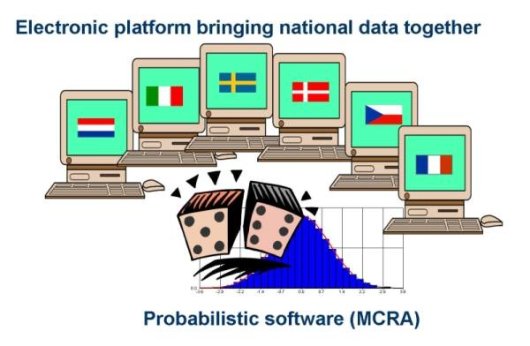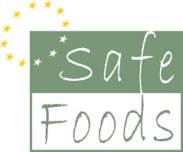2.1 Use of non-harmonised procedures and databases
In Europe it is recognised that the way in which risk assessments are performed should be harmonised. The European Food Safety Authority (EFSA) must, according to legislation (Article 23 of Regulation (EC) No 178/2002), ‘promote and coordinate the development of uniform risk assessment methodologies …’, and also the EU Scientific Steering Committee has stressed the need for harmonised risk assessment procedures in Europe. Items of harmonisation are:
- Tools used to perform a dietary exposure assessment
- Harmonisation of food consumption and residue data
To address both these issues WP3 has built an electronic platform (e-platform) of food consumption and residue databases from different EU countries, including Czech Republic, Denmark, Italy, the Netherlands and Sweden. This platform is connected via the Internet to probabilistic software. In this way probabilistic exposure assessments can be performed using the data present in the platform and using the same methodology.
The coding of all the data present in the e-platform has been harmonised. In this way dietary exposure assessments can be performed in a similar way and data can be merged and exchanged between countries. Harmonisation of the data was crucial to guarantee comparability between the various national databases and compatibility with the probabilistic modelling software. In addition, web servers were prepared to connect residue and food consumption data present at different national institutes to modelling software via Internet. In this way maintenance of the databases lies at the national governments or institutes owning the data and the data remains their property.
In total, residue data of pesticides, mycotoxins and natural toxins from different countries were harmonised. At the end of the project (March 2008) also data on dioxins and acrylamide will be part of the platform.
Conversion to RAC (raw agricultural commodities)

To harmonise the databases, foods were converted into raw agricultural commodities (RACs). At this level products are more or less similar in different countries, which is not true for foods as eaten. A very good and clear example of this is pizza (and many other foods) which is not the same in The Netherlands and e.g. Italy. However at the level of its raw ingredients this is more or less true. In the case of the pizza these would be for example:
| Product | Ingredients | RAC |
|---|---|---|
| Pizza | Pizza base: wheat flour, water, salt, yeast… | Wheat |
| Tomato sauce | Water | |
| Mozarella cheese | Salt | |
| Mushrooms | Yeast | |
| Spices: oregano, pepper... | Tomatoes | |
| Milk | ||
| Mushrooms | ||
| Oregano | ||
| Pepper |
To test the quality of the harmonised national food consumption and residue data, probabilistic exposure calculations were performed for single compounds (including pesticides, mycotoxins and natural toxins). New algorithms were built in order to allow for Pan-European modelling of exposure in which the different countries can be weighed according to the number of inhabitants of a country.
The electronic platform
The e-platform is a great instrument to calculate dietary exposure to all types of chemicals using data from several countries. This platform can be seen as a prototype of how data sharing within, and also outside, Europe can be arranged.
In a platform like this the maintenance of the data is the task of the national governments or institutes that own the data. For this reason, the data also remain their property, and potential problems of “giving away data” can be prevented. In addition, this e-platform has also the possibility to control the access of third parties to the platform.

At the moment, the e-platform is used to address questions of the European Food Safety Authority (EFSA) and there is also a clear interest coming from other potential stakeholders.
For more information, please have a look at the following poster.
